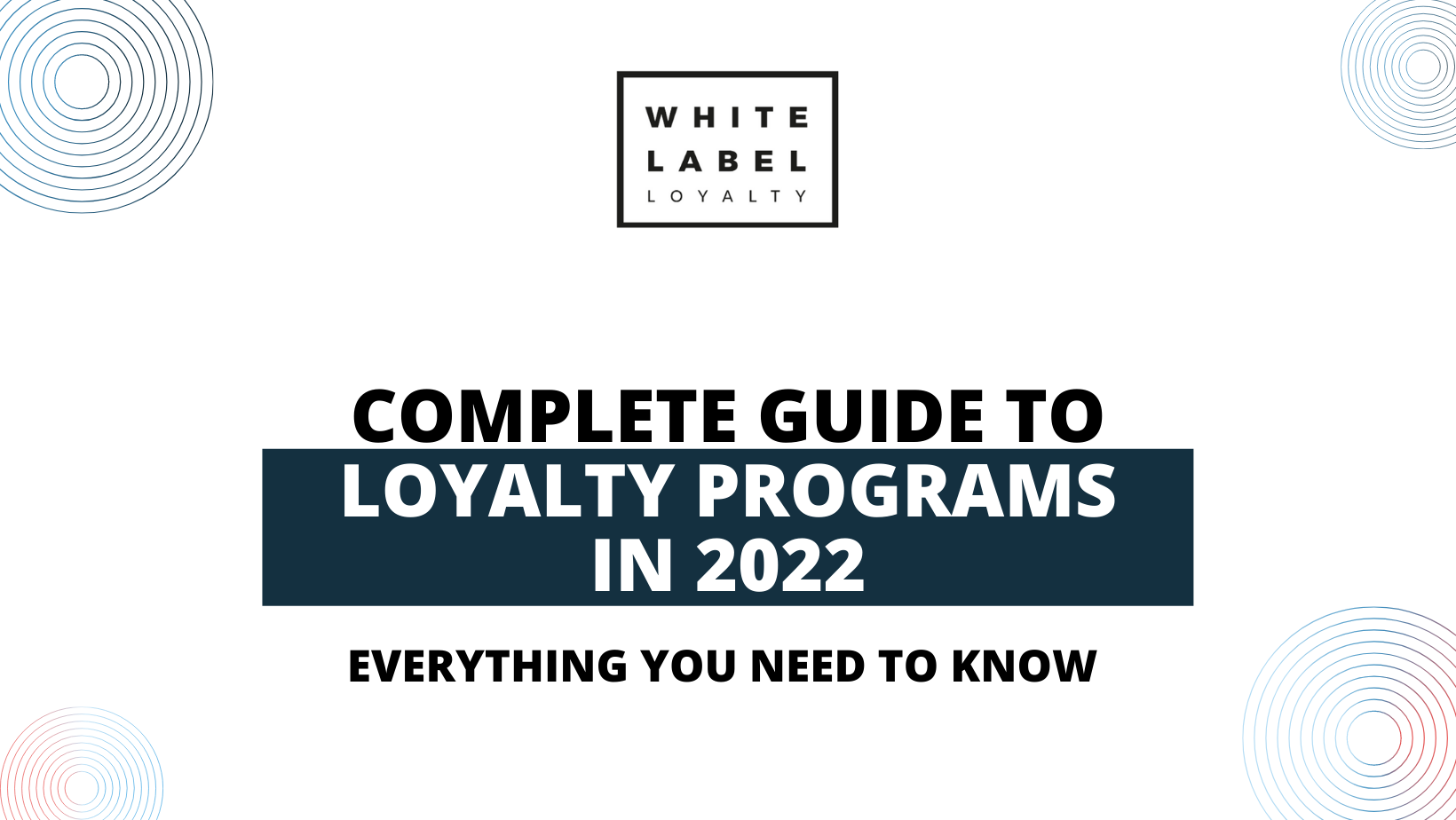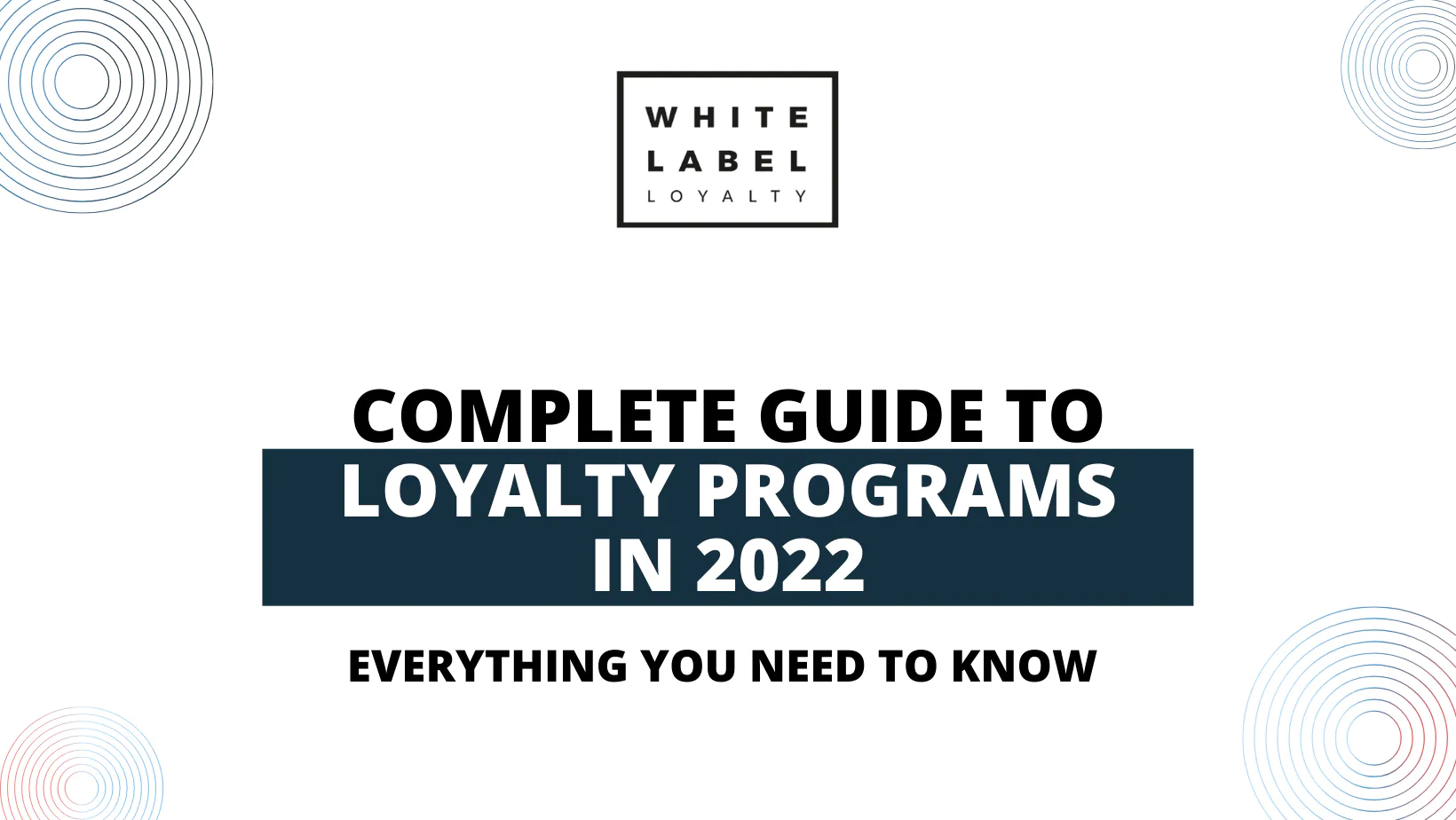
The adoption of online shopping had a hyperjump after the 2020 pandemic, and it is anticipated that global eCommerce sales will reach $6,3 billion by 2024. eCommerce has been rising gradually for the previous decade. One thing is certain: eCommerce loyalty programmes are now more significant than ever, regardless of whether you run an essential firm that is experiencing increased demand or a non-essential business that is reorganising.
The explanation is straightforward: People still need to restock their inventory. However, they now have more time to spend looking for things online. Additionally, depending simply on discounts won’t be sufficient to compete against formidable rivals like Amazon.
This implies that in addition to providing amazing products and reasonable rates, you also need to provide a simple purchasing process and a tonne of engaging content to keep people coming back. This essay is intended for retailers who wish to expand into online sales or improve their eCommerce channels, not just for businesses that specialise in selling online.
What Are the Loyalty Programs for eCommerce?
An eCommerce loyalty programme is a technique for customer retention designed to keep and engage your current consumers so they will make larger purchases, visit your store more regularly, or engage with your brand more frequently. The greatest programmes give an enjoyable experience, a clear path to higher tiers and incentives, and are simple to grasp.
High purchase frequency and high turnover rates are two characteristics that typically define the realm of eCommerce sales. Many businesses employ steep discounts in an effort to stand out since they don’t feel that customers are loyal anymore. However, the ongoing price competition has trained consumers to look for the best markdowns, which makes building brand loyalty much more difficult.
By assisting you in differentiating yourself in the following ways, next-generation eCommerce loyalty programmes can help you build a loyal following around your brand:
The purchasing procedure has been redesigned to make online shopping feel effortless.
Customer profiling is encouraged in order to produce richer data and to further other marketing initiatives, such personalisation.
VIP privileges and experiential awards can boost overall client lifetime value.
Special interest groups that promote exclusivity and serve to foster communities
Social media contests that go viral to foster word-of-mouth and establish trust
The Biggest Obstacles to Customer Retention for eCommerce Businesses
eCommerce is characterised by more than just frequent purchases and fierce competition.
Departing from the buying cycle
A key KPI for eCommerce brands is maintaining strong engagement rates. However, if your primary interaction with members is a transactional one, it might be challenging to keep a relationship going. As a result, eCommerce incentive programmes should start rewarding various behaviours in addition to the ‘points for purchases’ approach. Giving users extra points for writing reviews, for instance, promotes good word-of-mouth, while adding an online treasure hunt aspect encourages product exploration.
Additionally, since first-time users of an online loyalty programme can accumulate points through non-transactional acts, they are more likely to stick around and utilise the points toward a second or third purchase.
Making People Feel Loyal
Businesses can build consumer loyalty and brand advocacy by expressing their basic beliefs and demonstrating empathy. This can be accomplished in the instance of an online rewards programme by rewarding customers for returning worn goods like clothing or beer kegs or by encouraging charitable giving.
Through innovative marketing strategies and customer-focused adjustments to the loyalty programme, many eCommerce firms were successful in luring new, devoted customers throughout the COCID-19 epidemic. To find out how eCommerce retailers ought to react in a crisis, view the recording of our webinar.
Inspirational Loyalty Programs: 8 Examples
After going over the specifics of an eCommerce rewards programme, it’s time to look at some of the top eCommerce loyalty programmes and examine them.
- Tarte Cosmetics’ Team Tarte
The cosmetics business Tarte Cosmetics is based in New York City. The brand’s online loyalty marketing initiatives are fueled by the company’s ecommerce loyalty programme, which is renowned for rewarding a variety of non-transactional interactions.
Depending on the size of the goods, customers were given a set number of points for each purchase (full-sized product: 100 points; mini/sale item: 50 points).
Members earn points for signing up and filling out their profiles.
Additionally, customers receive rewards for regular actions like referring friends, reading newsletters, responding to inquiries about products, or passing tests.
Members of Tarte can use their points to purchase merchandise, coupons, and cosmetic samples at the Reward Shop.
- Designer Shoe Warehouse DSW VIP
Designer Shoe Warehouse, also known as DSW, is an American retailer of high-end footwear and accessories. DSW runs a hybrid programme that combines levels, earn-and-burn components, and free benefits.
Customers gain one point for every dollar spent, and after spending $100, they receive a $5 reward.
Customers are encouraged to reveal their birth date since they can get a $5 birthday voucher.
In total, DSW VIP has three tiers depending on annual spending.
Members of higher tiers have access to free gifts and double point occasions.
Without a coupon, free shipping is available to all members.
- The programme for rewarding strength and muscle
People can use the fitness website and store Muscle & Strength to assist them reach their goals for muscle growth and fat loss. Their loyalty programme highlights how well-liked tangible benefits may be as well as how corporations can increase the appeal of carrying out worthwhile tasks.
Customers receive two points for each dollar spent.
Referrals from friends are worth 500 points, which is a strong incentive to bring others.
At the conclusion of the checkout process, there is a built-in share button where users may post what they’ve purchased on social media to gain points.
Orders are supplied with gifts and bonuses, so opening the box is an exciting experience
4.Bergzeit Club By Bergzeit
Bergzeit, a German retailer of mountaineering gear, had two objectives for its loyalty programme, Bergzeit Club: to encourage customers to make a second and third purchase, as well as to foster a sense of community among sports enthusiasts.
The programme uses tiers and earn-and-burn logic in a hybrid framework.
Members can increase their points by recommending friends and reviewing products.
Coupons, partner rewards, and access to members-only sales are among the advantages.
Due to the Strava integration, users can gain points just by going outside and climbing mountains.
5.5. The IKEA Family
IKEA doesn’t employ points, in contrast to other retailers. Instead, they rely on exclusive advantages, bonuses, and content for members.
There are emails that are sent out with surprise and delight offers.
Free workshops and events are available to members.
Free assurance of Oops (If something breaks during transport or while assembling IKEA furniture)
Additionally, members at their stores get complimentary tea and filtered coffee.
- Luisa Via Roma’s LVR Privilege
The premium apparel boutique LuisaViaRoma was founded on the principle that buyers want experiences, not simply things. The business desired a loyalty programme that reflected this attitude. They also desired a compensation scheme that gives them a competitive advantage.
One euro equals one LVR point.
Based on points acquired, the four-tiered scheme is in place.
Members of their well-known Sneakers Club, a private special interest group, have access to shoe releases in restricted quantities.
Customers have two options for making purchases: either getting the Privilege Card or using their points for one-time savings. Owners of the latter receive 15% discount on all purchases for a period of six months.
Dell Rewards 7.
The US, UK, and Canada all have access to the eCommerce rewards programme provided by the multinational American computer technology business Dell. It’s interesting how the rewards vary per nation.
After spending £500, Dell Rewards members in the UK receive a £15 coupon.
Spend at least $800 within a 12-month period to qualify for membership in the US and Canada, and you’ll receive 3% cashback on all purchases.
Additionally, free expedited delivery, early access to specials, and special incentives are available to Dell Rewards members in the US and Canada.
- Treats at PetSmart
Retail giant PetSmart Inc. specialises in selling things for pets. This comprises the food, habitats, furniture, and accessories for pets. The business is an excellent illustration of how to tailor loyalty perks to a particular audience—in this case, animal lovers.
For every $1 spent, customers receive 8 points (including services and donations, which are fairly common in this industry)
Emails with special offers are sent to increase open rates.
Members receive 1,000 bonus points for filling out their profiles, demonstrating the significance of customization for PetSmart.
Free gift to honour a pet’s birthday
Doggie Day Camp session is free for members who purchase at least ten items.
Boosting Your Online Loyalty Program’s Engine
It makes no difference whether you are going through a boom or a bust in terms of customer interest. Why? Because customer engagement solutions like eCommerce loyalty programmes might be crucial. So, try not to feel overwhelmed by these difficulties. Antavo is pleased to give you its enterprise-grade loyalty technology if you’re ready. By scheduling a demo with one of our specialists or adding us in your RFP for a loyalty programme, let’s start a conversation about how our platform can help you.
Don’t forget to download Antavo’s Customer Loyalty Report 2022, a comprehensive report that offers a wealth of data and upcoming market trends to assist you in navigating the world of next-generation loyalty programmes.
